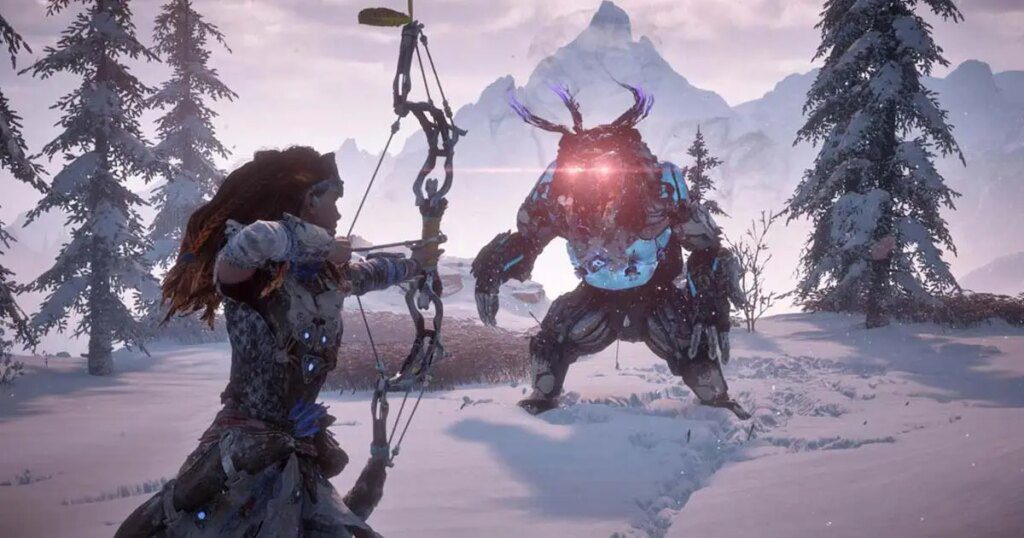Game development involves creativity and technical skills, and understanding the process from concept to completion is crucial. The first step is developing the game concept, which includes its genre, story, setting, and mechanics. The team, which includes developers, artists, designers, writers, and testers, then creates a plan that includes timelines, budgets, and milestones. The production phase involves prototyping, programming, design, art, and sound. The game is then tested for quality assurance, and after passing, it is released and maintained through marketing, distribution, and ongoing bug fixes and updates. Understanding game development can help both developers and players appreciate the effort involved in creating engaging games.
From Concept to Completion: Understanding the Steps Involved in Game Development
Game development is an exciting process that involves creativity, technical expertise, and a passion for gaming. Whether you’re a seasoned developer or just getting started, it’s important to understand the steps involved in creating a game from concept to completion. In this article, we’ll take a closer look at the key stages of game development and the roles played by developers, artists, designers, and others in bringing a game to life.
Step 1: Concept and Pre-production
The first step in game development is to come up with a concept for the game. This could be a new game idea or a sequel to an existing game. The concept will typically include the game’s genre, story, setting, and game mechanics. Once the concept is developed, the pre-production phase begins. During this phase, a team is assembled, and a plan is developed for how the game will be developed.
The Team
The team for a game development project can include developers, artists, writers, designers, and testers. Each person on the team will play a crucial role in bringing the game to life. Developers will handle the technical aspects of the game, such as programming and scripting. Artists will create the game’s visuals, including characters, environments, and user interface elements. Writers will create the game’s story, dialogue, and other written content. Designers will work on the game mechanics, user experience, and game balance. Testers will play the game to identify bugs and other issues that need to be fixed.
The Plan
Once the team is assembled, a plan is developed for how the game will be developed. This plan will typically include timelines, budgets, and milestones. The team may use agile development methodologies, which involve iterative development and constant feedback from stakeholders. The plan will help ensure that the game is developed on time, within budget, and meets the desired quality standards.
Step 2: Production
The production phase is when the game is actually developed. This phase involves several steps, including prototyping, programming, design, art, and sound.
Prototyping
During the prototyping stage, the game’s concept is turned into a rough prototype. This prototype will typically include basic gameplay mechanics, graphics, and sound. The prototype is used to test the game’s fun factor and identify areas that need improvement.
Programming
Once the prototype is approved, programming begins. This phase involves coding the game mechanics, graphics, and sound. The programmers will work closely with the designers and artists to ensure that the game works as intended and meets the desired quality standards.
Design
The design phase involves creating the game’s mechanics, levels, and story elements. The designers will work closely with the programmers and artists to ensure that the game is engaging and fun to play.
Art
The art team will create the game’s visuals, including characters, environments, and user interface elements. The art team will work closely with the designers and programmers to ensure that the visuals are cohesive and support the game’s mechanics and story.
Sound
The sound team will create the game’s music and sound effects. These elements will help to set the game’s mood and create an immersive experience for players.
Step 3: Quality Assurance
Once the game is complete, it will undergo a thorough testing process to identify and resolve any bugs, glitches, or other issues. This phase is crucial to ensure that the game is stable, playable, and meets the desired quality standards. The testers will play the game from start to finish and identify any issues that need to be addressed.
Step 4: Release and Maintenance
Once the game has passed quality assurance testing, it’s time to release it to the public. This phase involves marketing, distribution, and ongoing maintenance.
Marketing
The marketing team will create materials to promote the game, such as trailers, screenshots, and social media posts. The team will also work on securing reviews and coverage from media outlets.
Distribution
The game will be distributed through various channels, such as digital marketplaces or physical retailers. The distribution strategy will depend on the game’s target audience and the preferences of the developer and publisher.
Maintenance
After the game is released, the development team will continue to perform maintenance and bug fixes as needed. They may also release updates to address user feedback or add new features to the game.
Conclusion
Game development is a complex process that involves many steps and roles. From concept to completion, every part of the process is important to create a successful game. Whether you’re a developer or a player, understanding the key stages of game development can help you appreciate the time and effort that goes into creating engaging games.
